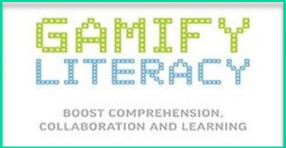
It’s an excellent read for any teachers who are looking for ways to spice up their classroom, or for any tech coaches who are looking for ideas to use with the teachers they serve. Let’s take a look!
- 01 | School Research Goes Galactic: Using Game Design to Reimagine Middle School Research Projects (by Sheena Kelly)
- 02 | LARPs for Learning: Live Action Role Play (by Aaron Vanek)
- 03 | Game Creation as a Learning Activity for All Students (by Kip Glazer)
- 04 | Gamifying Culinary Arts (by Tisha Richmond)
- 05 | Game On!: How a Non-Gamer Learned to Gamify Her Classroom (by Carrie Baughcum)
- 06 | Scavenger Hunts (by Rachelle Dene Poth)
- 07 | Amazing Race™ Challenge (by Michele Haiken)
- 08 | Classcraft (by Travis Phelps)
- 09 | Sydney’s World (by Ivan Kaltman)
- 10 | World War 1 Trench Simulation with Minecraft (by Robert M. Daly)
- 11 | Adventure Quests (by Michele Haiken)
- 12 | Grudgeball (by Kristie Orlando-Bangali)
- 13 | Boss Battles (by Michele Haiken)
- 14 | Head of the Class: Designing Effective Leaderboards for Gamified Learning Environments (by Chris Hesselbein)
- 15 | Plugged into Learning with Digital Badges: Making Learning Fun and Effective (by Angela Elkordy)
- 16 | Leveled Up!: Tips for Recognizing Student Achievements with Badges (by MJ Linane)
- 17 | Get the Best (And Avoid the Worst) from Gamification (by Scott Garrigan)
Just to provide a little further breakdown of what this book is all about, these chapters are also organized into three sections:
(1) Sandbox - Open-Ended, Go-Anywhere Style of Play (Chapters 1-5);
(2) Homebrews and Game Sharks - Gamification Strategies and Tools (Chapters 6-13);
(3) Cheats - Gamification Strategies for Success (Chapters 14-17).
As you can see, the book covers a lot of ground, which I think is one of its strengths. Regardless of the grade level, or how you work with literacy, there is something here for you. Some chapters are incredibly focused and specific (e.g. Gamifying Culinary Arts) and others are pretty broad and applicable across grades and subject areas (e.g. Getting the Best from Gamification). That being said, even in the more focused chapters there are great ideas and tips that I believe could be applied outside of the specific area being discussed.
This review won’t get into every chapter in detail, but let’s take a look at some of the highlights. If there any any specific questions you have about the book, or anything you’d like to know more about, always feel free to email me or let me know in the comments.
Highlights
| | Today, all teachers are considered literacy teachers. Literacy in all of its dimensions, is the ability to construct meaning from reading, writing, speaking, and listening. Literacy is a lifelong development and we continuously build on the complexities of these skills and understanding daily. | |
Another one of my favorite features of the book is that each chapter is aligned with the ISTE standards for students and comes with classroom implementation tips. Most chapters also contain appendices full of additional resources, lesson plans, and guides, which is great to see. In short, this book is written in an incredibly practical way, with steps and ideas to help teachers and coaches with immediate implementation.
Many of the chapters also involve ideas that can be implemented with little to no technology. One of my favorite chapters was “Game Creation as a Learning Activity for All Students” by Kip Glazer. In the chapter, Glazer walks us through how we can use student game creation as an activity across all grades and subject areas. She provides technology options, but also argues:
| | I found that having the students make analog games (i.e. board games or card games) tends to invite more participation in both game creation and play testing phase. We all need to remember that paper and pencil in the hands of skilled teachers can be the most powerful instructional technology tool. | |
Another one of my favorite chapters was “Game On!: How A Non-Gamer Learned to Gamify Her Classroom” by Carrie Baughcum. I think this chapter offers a nice jumping off point for teachers who have maybe heard this “gamification” buzzword floating around, or have briefly thought about adding gamification aspects to their curriculum, but aren’t really sure where to go from there. Baughcum offers a simple and easy-to-follow guide for getting started with gamification, and she discusses ideas that could easily be implemented regardless of content or subject area.
Critiques
I was also hoping to see more discussion around the challenges teachers faced in implementing the ideas and strategies they discussed. Each chapter provides a lot of practical advice and lesson planning specifics, but we rarely see what went wrong, or what challenges teachers had to overcome to get to the point where they could implement these ideas successfully. I think those tips for overcoming failure would have been incredibly beneficial to see, and would also be helpful to teachers who may run into similar issues.
Likewise, it would be helpful to get a quick snapshot of the context the authors are utilizing these strategies in, just to gain a better understanding of where they’re coming from, and what type of classroom environment they’re used to working with. For example, Ivan Kaltman (the author of the chapter of Sydney's World) provided some additional information in his blogpost on the specifics of using games in his classroom to help improve literacy. More information along those lines throughout other chapters would have been great to see.
Wrapping Up...
You can find out more about the book here.
The opinions expressed in this review are my own.
I was not compensated for writing this review.
I received an advance copy of the book Gamify LIteracy for review purposes.

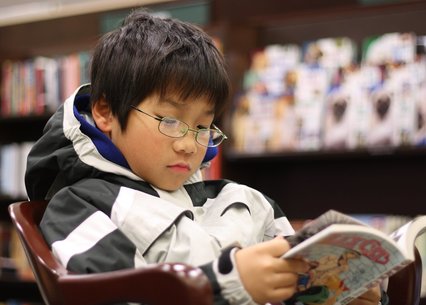
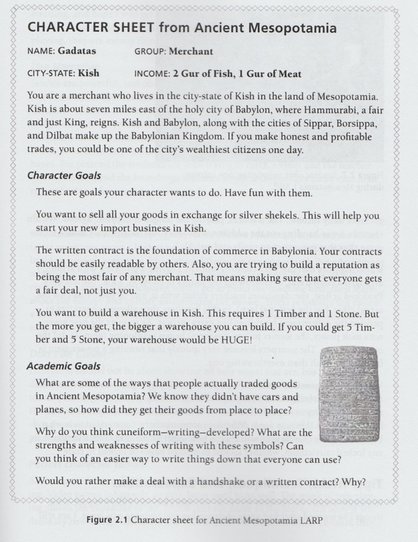
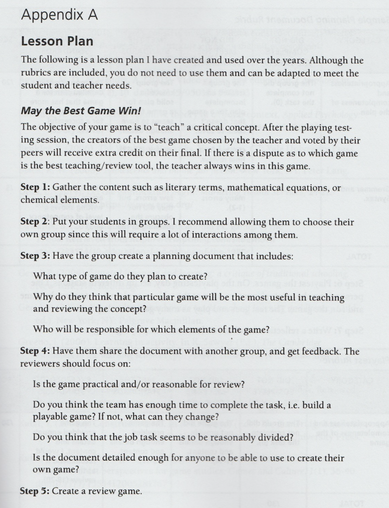
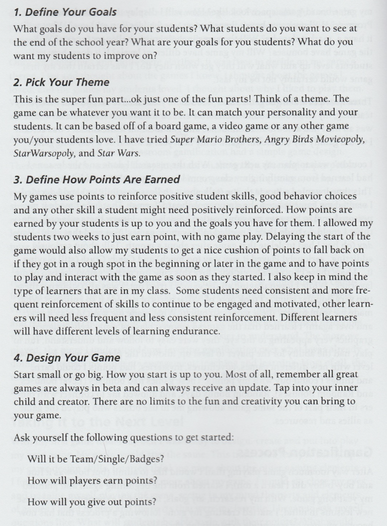


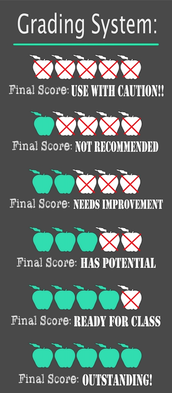



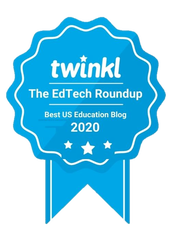
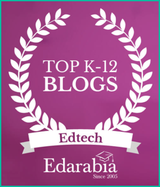
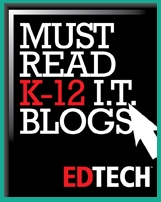
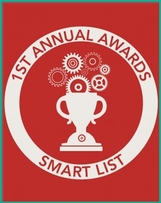
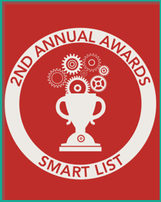
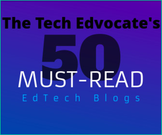
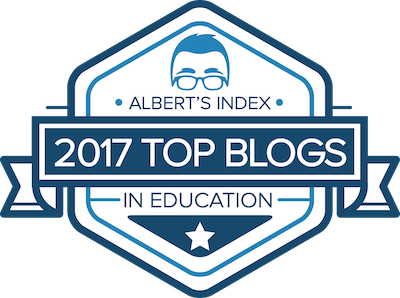
 RSS Feed
RSS Feed
